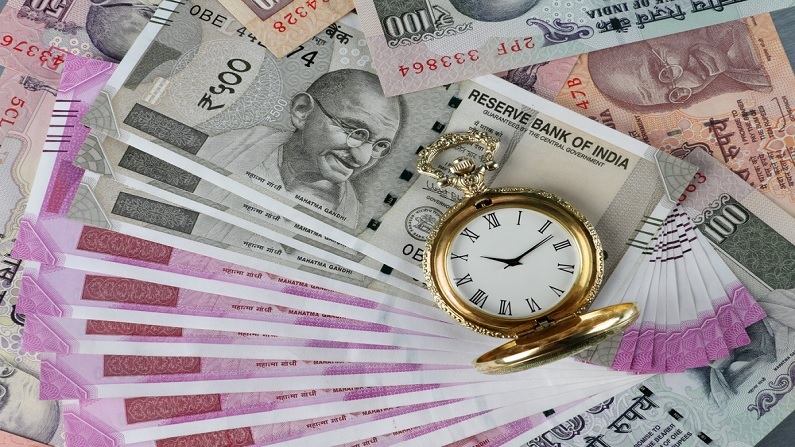The benefit of House Rent Allowance is available only to the salaried individual. For metro cities, the maximum exemption can be 50 per cent of the basic and dearness allowance.

HRA claim can be made only by the salaried individual.
HRA, also known as House Rent Allowance, is a major part of your salary. If a salaried individual lives in a rented house, then he gets tax exemption on it. Your employer decides how much HRA you will get, but there is scope for optimization. In this article, you are going to tell all the rules related to HRA.
Different laws have different definitions regarding how much HRA you should get. Under the Income Tax Act, if someone lives in a metro city, the exemption limit (ie, on which tax relief will be available) can be up to 50 percent of the basic salary and dearness allowance (Dearness Allowance). For non-metro city, the exemption limit will be 40 percent of basic and DA.
HRA is not included in the new wage code
According to the new Wage Code that has come, HRA will not be included in the wage. However, according to this wage code, the share of total allowance can be up to a maximum of 50 per cent of the wage. No fixed rule has been given in the Provident Fund Act regarding house rent allowance. In this it has not been told how much it can be of basic salary and dearness allowance. However, HA is not considered a part of the wage under this Act. Provident fund of any employee is deducted on the basic wage.
Who can claim HRA?
HRA claim can be made only by the salaried individual. Self employed cannot claim HRA. The house where the salaried individual is residing should be on rent. It does not get any benefit if you live in your own house. The rent should be more than 10 percent of your salary, only then it can be availed. Along with this, the rent cannot be given to the spouse.
How much deduction can be availed on HRA?
There are three major conditions regarding how much HRA can be claimed. The first condition is that the deduction cannot be availed more than the HRA is available. For metro cities, it can be 50 percent of the maximum basic and dearness allowance. According to the third condition, more than 10 percent of the rent you have paid minus basic salary and dearness allowance cannot be claimed. Where the lowest amount is made in all the three conditions, the same amount can be claimed.
Landlord’s PAN required for rent above 1 lakh
If you live on rent and the annual rent is more than 1 lakh, then PAN card of the land lord is necessary. PAN card is not required if the rent is less than that. If the monthly rent is more than 50 thousand then you should deduct 5 percent TDS under section 194-1B. If your landlord is an NRI, then 30 percent TDS will have to be deducted if the rent is more than 50 thousand.
Self employed can avail HRA benefit under section 80GG
If someone is self employed then he does not get HRA but he can avail it under section 80GG. If someone is salaried but the employer has not shown the part of HRA in the salary, then he can also claim house rent allowance with the help of this section. HRA benefit is available even if you live in a joint family. For this, a rent agreement has to be prepared with the parent and money will have to be transferred to the parent’s account. The parent also has to show this income as rental income and pay tax.
No HRA benefit on two rented house
If two houses are rented in the same city then only one house rent can be availed. If the rent is more than 5000, then the details of rent receipt or online transfer will have to be kept. Also note that maintenance and electricity bills cannot be included in HRA.
Also read: Exports jump 47 percent in June, trade deficit of $ 9.4 billion due to 96 percent increase in imports
Also read, SEBI approves Zomato’s IPO, know when the issue will be listed
.

